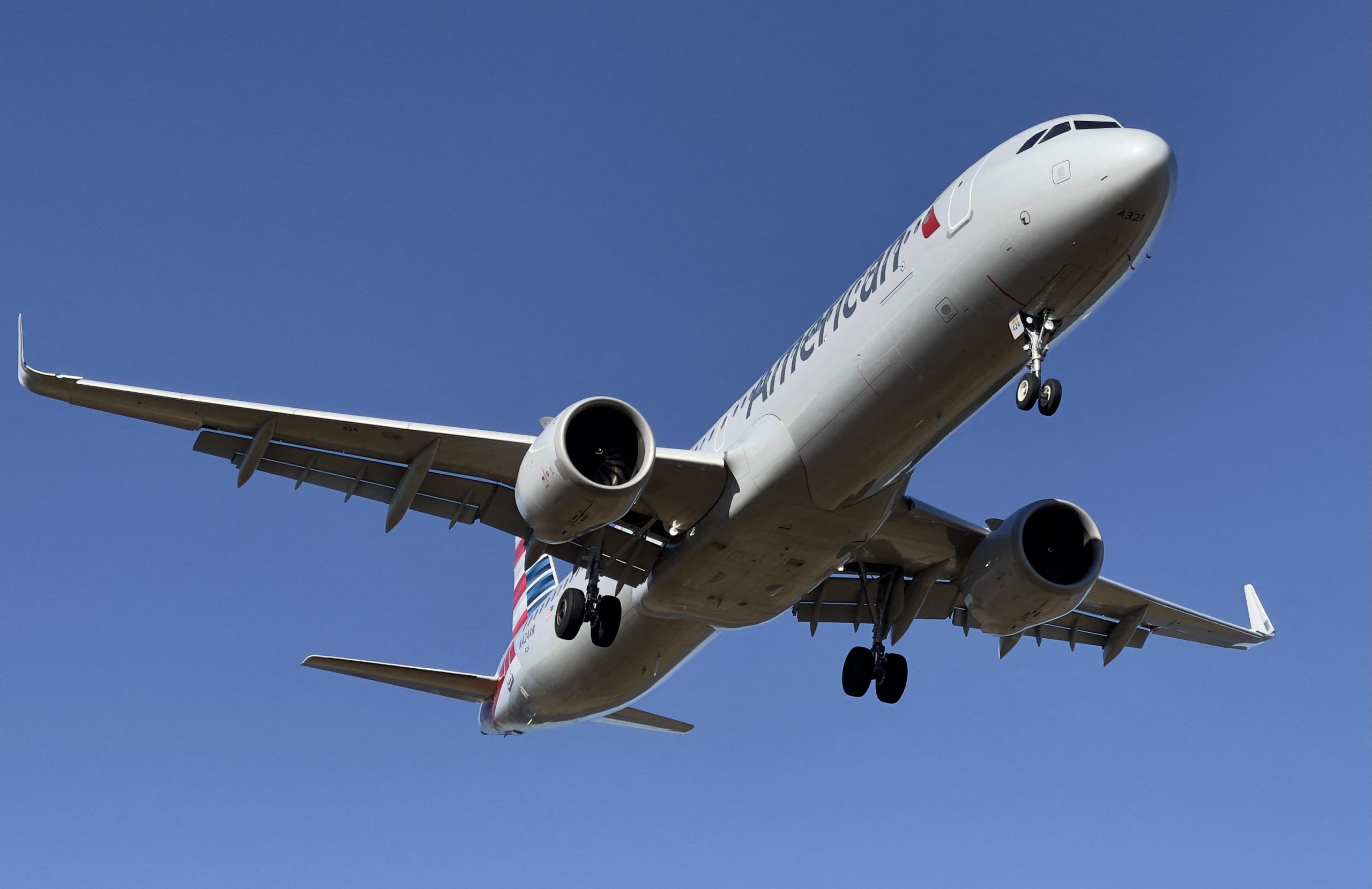 African airlines have recorded a marginal increase in passenger traffic despite a dip in other parts of the globe.
African airlines have recorded a marginal increase in passenger traffic despite a dip in other parts of the globe.
The International Air Transport Association (IATA) released data for February 2025 global passengers, showing that African airlines saw a 6.7 per cent year-on-year increase in demand. Capacity was up 4.0 per cent year-on-year. The load factor rose to 75.3 per cent (+2.0 ppt compared to February 2024).
Globally, total demand, measured in revenue passenger kilometres (RPK), was up 2.6 per cent compared to February 2024. Total capacity, measured in available seat kilometres (ASK), was up 2.0 per cent year-on-year. The February load factor was 81.1 per cent (+0.4 ppt compared to February 2024).
International demand rose 5.6 per cent compared to February 2024. Capacity was up 4.5 per cent year-on-year, and the load factor was 80.2 per cent (+0.9 ppt compared to February 2024).
Domestic demand, however, fell 1.9 per cent compared to February 2024. Capacity was down 1.7 per cent year-on-year. The load factor was 82.6 per cent (-0.2 ppt compared to February 2024).
IATA’s Director-General, Willie Walsh, said while traffic growth slowed in February, much of this could be explained by factors including the leap year, and lunar new year falling in January compared to February last year.
“February traffic hit an all-time high, and the number of scheduled flights is set to continue increasing in March and April. But we need to keep a close eye on developments in North America, which saw falls in both domestic and international traffic,” Walsh said.
He added that the recent shutdown of Heathrow reminded all once again that the current passenger rights regime in place in Europe and the UK is not fit for purpose.
“The annual costs of compensation, care and assistance run into the billions. Thankfully, the Polish Presidency of the EU has recognised that this is a drag on European competitiveness and is progressing with much-needed and long-anticipated reforms to EU261.
“While many of the proposed reforms are sensible, the package stops short of a real solution. Even with the reforms, EU261 will still target the airlines with penalties even if the root cause of delays is an infrastructure incident out of their control—like we saw at Heathrow. Over two decades of EU261 have not seen a reduction in delays because infrastructure providers have no incentive to improve their game.
“Sadly, for European travellers, we will likely see this play out again in this summer’s peak travel season. Genuine reform of EU261 must ensure that all parties responsible for delays have a stake in the consequences,” said Walsh.
International RPK growth moderated to 5.6 per cent in February year-on-year, down from 12.3 per cent in January. However, this growth meant that all regions except North America established record February demand levels.
Asia-Pacific airlines achieved a 9.5 per cent year-on-year increase in demand. Capacity increased 8.3 per cent year-on-year, and the load factor was 85.7 per cent (+0.9 ppt compared to February 2024).
European carriers had a 5.7 per cent year-on-year increase in demand. Capacity increased 4.9 per cent year-on-year, and the load factor was 75.5 per cent (+0.5 ppt compared to February 2024).






